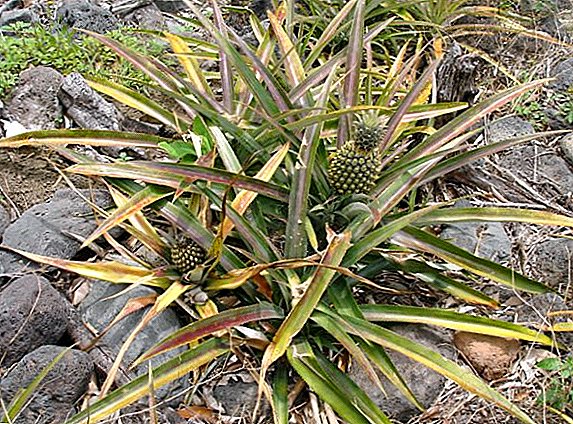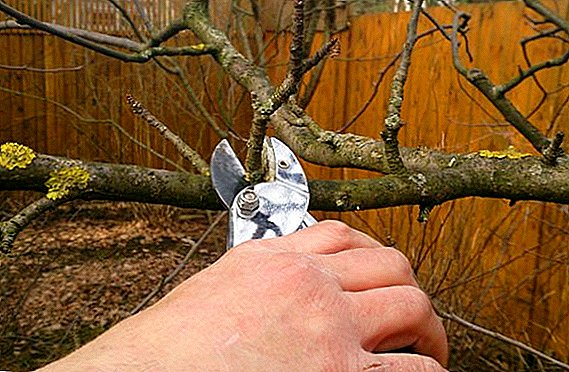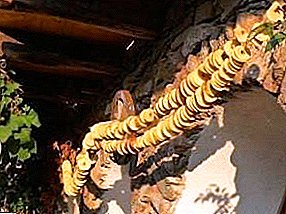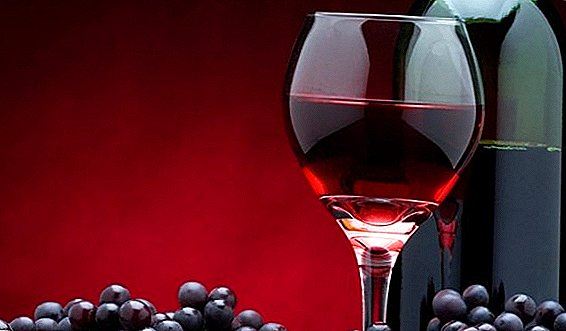
Chardonnay (or Chardonnay) - white grape varietywidely used in winemaking for making white wines.
One of the most widespread varieties in the world, it grows in Europe and Asia, North and South America, Australia, South Africa - and everywhere from the juice of Chardonnay grapes get great white wines. They can be sparkling and "quiet", of different strength, with a very wide range of tastes.
Chardonnay grapes - one of three grape varieties from which produce real French champagne.
Homeland - France, the historic province of Burgundy and Champagne. From the point of view of experts, the wine of each of these areas has its own character, and it is very easy to distinguish Chardonnay from cool Champagne and more hot Burgundy.
In addition to France, this grape is loved and widely grown in Northern Italy and other countries of Western and Eastern Europe. Almost in every wine region there are plantations of grapes of this variety.
In the United States, in California, large plantations of Chardonnay grapes, and Californian wine has earned international recognition of experts.
Among the famous wine varieties, Merlot, Malbec and Sangiovese are also worth noting.
Chardonnay grapes: variety description
Chardonnay refers to the white grape varieties. The berries are light green in color as they mature change color from colder (bluish) shades to warmer, golden.
Among the white varieties are also popular Lancelot, Bianka and Husayne White.
Occasionally on light green berries you can see brown dots, like freckles. In hot countries, ripened clusters of Chardonnay may acquire bright yellow and orange shades.
The brush is quite dense, may have a cylindrical or conical shape. The leg of the bunch is woody. Average weight clusters from 90 to 100 grams.
The berries are round, with a dense skin and a characteristic aroma. Often covered with matte wax coating. Contain 2-3 seeds.
The leaves are bright green, with clearly visible streaks. The underside of the leaf is lighter, slightly pubescent. On the bottom side, the veins look much more prominent than on the top. By autumn, grape leaves of this variety turn yellow evenly and turn lemon-colored, often with dry edges.
Usually the sheet consists of five blades ending in elongated triangular teeth. Along the edge, the leaf is also cut with small teeth, triangular or slightly curved.
A photo
More clearly with the Chardonnay grapes can be found in the photo below:




Origin
Variety Chardonnay, as the scientists found out, is the result of the natural crossing of the Pinot Noir and Gue Blanc varieties.
Specifications
Chardonnay variety is very tolerates winter frostsbut shows high sensitivity to spring frosts.
Also not afraid of frost Aleshenkin Dar, Rumba and Senator.
In early spring, when buds begin to bloom, it is recommended to take additional measures to protect the vines from frost.
In summer, during the heat, the bushes often need additional watering. The best way to establish yourself is drip irrigation.
Vegetation period Lasts 138 - 140 days.
Diseases and control measures
Windy weather, low temperatures in spring and rains at the beginning of summer can lead to shedding of flowers and ovaries.
 The variety shows moderate resistance to oidium and mildew.
The variety shows moderate resistance to oidium and mildew.
For the prevention of grape diseasesspreading from waterlogging, it is recommended to plant grapes in well-ventilated areas.
Do not forget about the prevention of diseases such as anthracnose, chlorosis, bacteriosis, rubella and bacterial cancer. In time, they will help to save the plants themselves, and the harvest.
The shape of the bushes also plays a big role, but it varies by region.
Wines produced from Chardonnay grapes have very varied taste characteristics and aromas. For taste and bouquet of wine the following characteristics are very important:
- weather and climatic conditions of growth;
- soil character;
- manufacturing technology;
- terms of exposure.
Chardonnay wine is recommended to serve chilled to 10 до ± 2˚С. It is excellent with low-fat meat and poultry, seafood, salads from fresh vegetables, most desserts.
Taste grape varieties Chardonnay has a soft fruity notes. Among them are the tones of citrus, green apples, lemon. Aged in oak barrels adds shades of nut cream and vanilla to the aroma bouquet. Unusual flavors of taste can also boast varieties of Chocolate, Romeo and Ruta.












